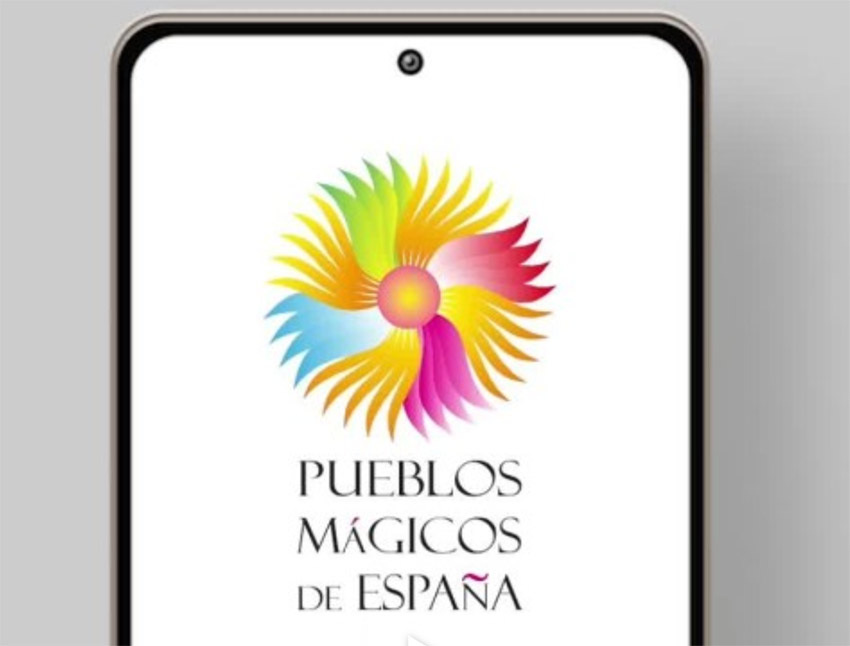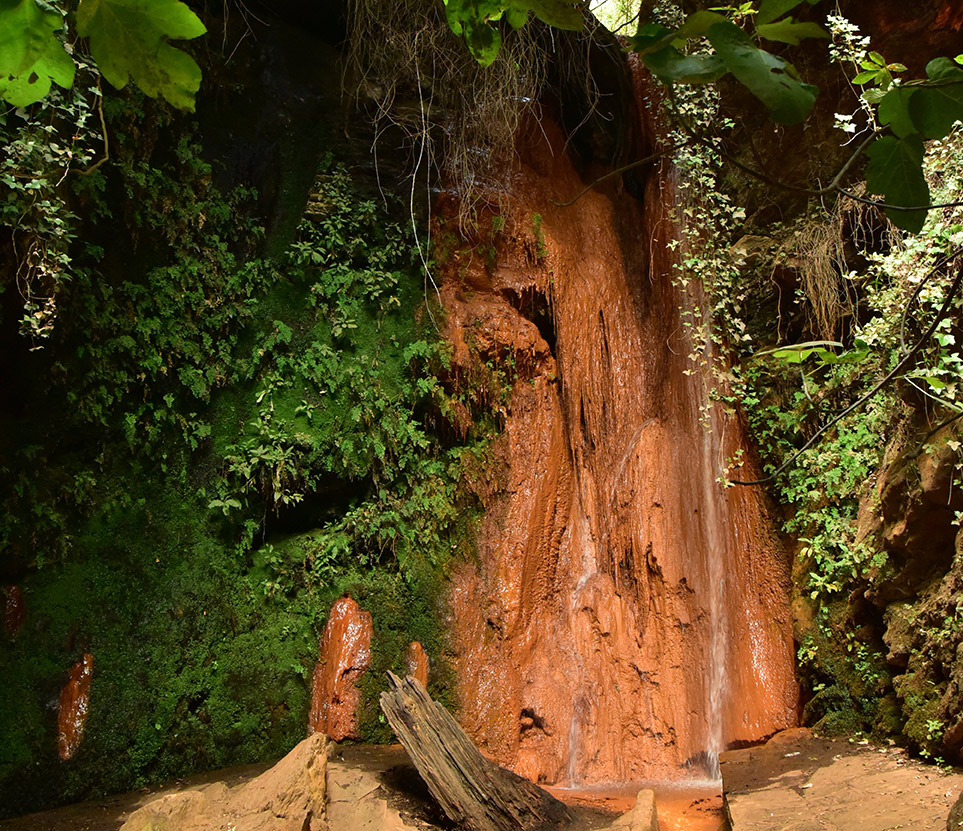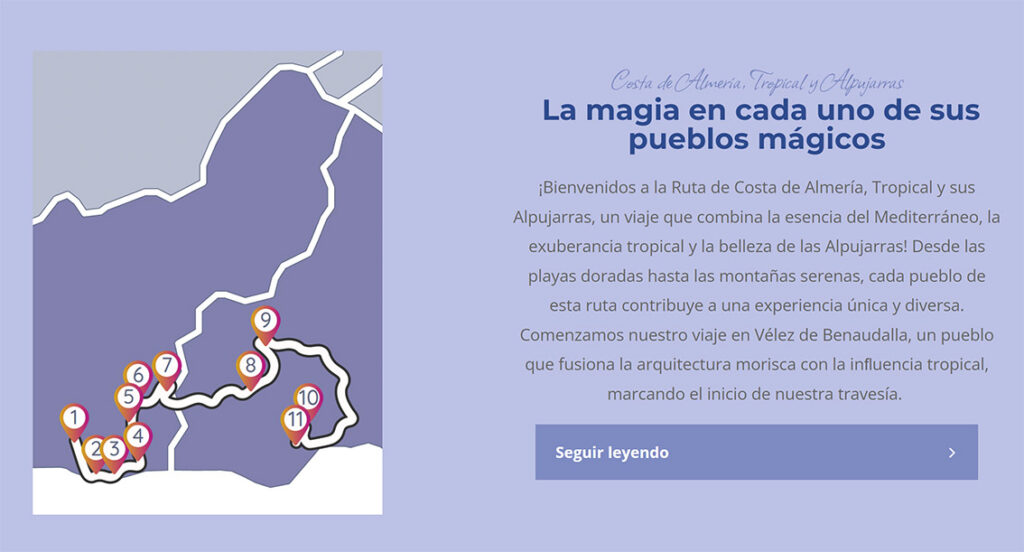WHEN you’re driving through towns and villages in Granada region, you’ll occasionally see signs on the municipal border saying they are ‘Magicos de España’ (or ‘Bonitas de España’ – a different scheme). The idea with this special accreditation is to promote towns that have special features of interest for tourists.
The ‘Magicos’ scheme, set up in 1997, favours towns that are, apparently, ‘alive’ and ‘unique’. The judging team includes historians and specialist from rural and local development, architecture, sociology, tourism, and social media.
The team examines the architecture, scenic views, recreational areas and parks, natural environment, hiking trails, squares, fountains, monuments, churches, museums, parking spaces and access routes, etc…. to see if “magic” has been achieved.
Some “magical” towns are in national or natural parks or conservation areas and may have pretty springs and waterfalls.
The scheme also considers tourist accommodation, restaurants, gastronomy, shops selling local produce, and the traditional ferias and fiestas.
Sometimes, a town might win the award for having an interesting old ‘barrio’ or ancient castle. Historic monuments and buildings or evidence of a prehistoric civilisation win the day.
Other times, it is harder to work out what gained the accreditation, especially when tourists drive straight through the town without seeing anything especially interesting! However, you can download a handy app to explain anything you don’t understand.

Which Granada towns are “magical”?
Granada region has several “magical” municipalities. One interesting place to visit is Alpujarra de la Sierra, which is famed for Yegen – the former home of Gerald Brenan, author of ‘South from Granada’, and friend of the Bloomsbury set. You can see (from outside it) the village house where he used to live and mingle with the community. The municipality also plays home to Mecina Bombaron, El Golco and Montenegro.
Portugos, in the middle of the Alpujarra ‘alta’ (high Alpujarra), gained the ‘Magicos’ status for its famous Fuente Agria – an unusual waterfall with red, ferrous water. This really is one of the genuine ‘wonders of La Alpujarra’ and well worth a visit.

Moving towards the Alpujarra ‘baja’ (low Alpujarra) and the Contraviesa mountain range, Torvizcón has magical status – presumably for its beautiful almond blossoms above the town in springtime, and its rambla (dry riverbed). It also has some cute miniature ‘cortijos’ beside the main road, for visitors to check out.
The higher Contraviesa town of Sorvilan received the ‘Magicos’ status in 2023. Located on the southerly mountain slope, it has impressive views, steep, narrow streets, decorated balconies, and a history of wine production.

Just over the Contraviesa, on the Costa Tropical, lies the seaside town of Castell del Ferro. This holds the award for its historic features. Such as the… castle. You can also visit the tranquil beach.
Another magical town of Granada region, Velez de Benaudalla – en route to Motril – has the renowned Nazari garden. The horticultural delight is listed among the Junta de Andalucia’s Assets of Cultural Interest. The town also has a history of Moors and Christians, reflected in its fiestas.
Other towns… and magical routes
North of Granada, other towns with the “Magical” accreditation include Salar, with its Roman villa; La Calahorra (near Guadix), with its amazing castle; as well as Gualchos, Víznar, Orce, Puebla de don Fadrique, and Polícar.
You can find out more about the ‘Magicos’ scheme on its website. Here, the organisation is promoting how to go on 18 nationwide routes between the accredited ‘pueblos’. The most local route is Velez de Benadualla to Vícar, in Almeria province, visiting all the other magical towns on route.
Also check out the Facebook page.

